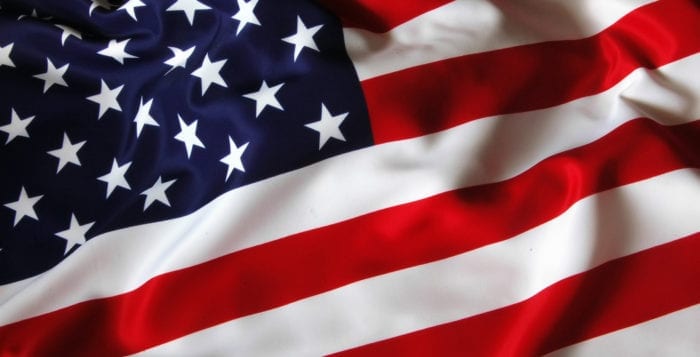By Nancy Burner, ESQ.

Most veterans are not aware of the wide range of benefits they may be entitled to under the United States Department of Veterans Affairs even if they did not directly retire from the military or suffer injuries in the line of duty.
For example, there is a benefit referred to as the improved pension through the Department of Veteran’s Affairs (VA), more commonly referred to as Aid and Attendance Pension (A&A). Assuming you meet the eligibility requirements, the VA permits payments to caregivers (including family members, but not spouses) for care provided to the veteran and/or the spouse.
This benefit is also commonly used for veterans and/or their surviving spouses who reside in an assisted living facility. This monthly benefit can be used along with income in order to prevent the depletion of assets for care services. There are three main requirements to qualifying for Aid and Attendance.
First, the claimant must have served at least 90 days active duty with one day served during wartime. There are specific wartime periods: World War II (Dec. 7, 1941 – Dec. 31, 1946); Korean conflict (June 27, 1950 – Jan. 31, 1955); Vietnam era (Feb. 28, 1961 – May 7, 1975, for veterans who served in the Republic of Vietnam during that period; otherwise Aug. 5, 1964 – May 7, 1975); or Persian Gulf War (Aug. 2, 1990 – through a future date to be set by law or presidential proclamation as well as current Iraq and Afghanistan war veterans). The claimant must have received a military discharge “other than dishonorable.”
Second, the claimant must be declared permanently and totally disabled. The definition for “permanently and total disability” is residing in a nursing home, total blindness, or so nearly blind or significantly disabled as to need or require the regular aid and attendance of another person to complete his or her daily activities. In most circumstances, if the claimant can show he or she requires assistance with at least two activities of daily living (e.g., bathing, dressing, ambulating), the disability requirement is satisfied.
Third and final, the claimant must meet the financial means test. Unfortunately, there is no set financial standard, which can make it very difficult to ascertain if the claimant qualifies for the benefit. As a general rule, the claimant should not have more than $50,000 to $80,000 in net worth excluding the home of the claimant.
Additionally, the claimant must make a showing that his or her monthly unreimbursed medical expenses exceed his or her monthly income. When making this determination, the claimant should add up all of his or her monthly medical costs, including but not limited to the cost of services provided by professional caregivers as well as family members and rent paid to an assisted living facility.
Once all three prongs are satisfied, the veterans and/or spouse can receive this pension. The maximum benefit available for a single veteran in 2017 is $1,794 per month. A widow of a veteran is eligible for a maximum benefit of $1,153 per month in 2017. A married veteran is eligible for $2,127 per month in 2017. A veteran couple is eligible for $2,841 per month in 2017.
It is imperative to understand that currently there is no look-back period for VA planning, which makes asset eligibility and planning possible in most cases. There is planning that can be done in order to qualify the veteran or the surviving spouse for this benefit.
The application process can be lengthy, but the claimant can always seek help from a local accredited VA attorney or through the United States Veteran’s Services Agency, Human Services Division. If the benefits are denied, applicants should be aware that the decision for these claims can be appealed by the veteran and/or the surviving spouse.
Nancy Burner, Esq. practices elder law and estate planning from her East Setauket office.





